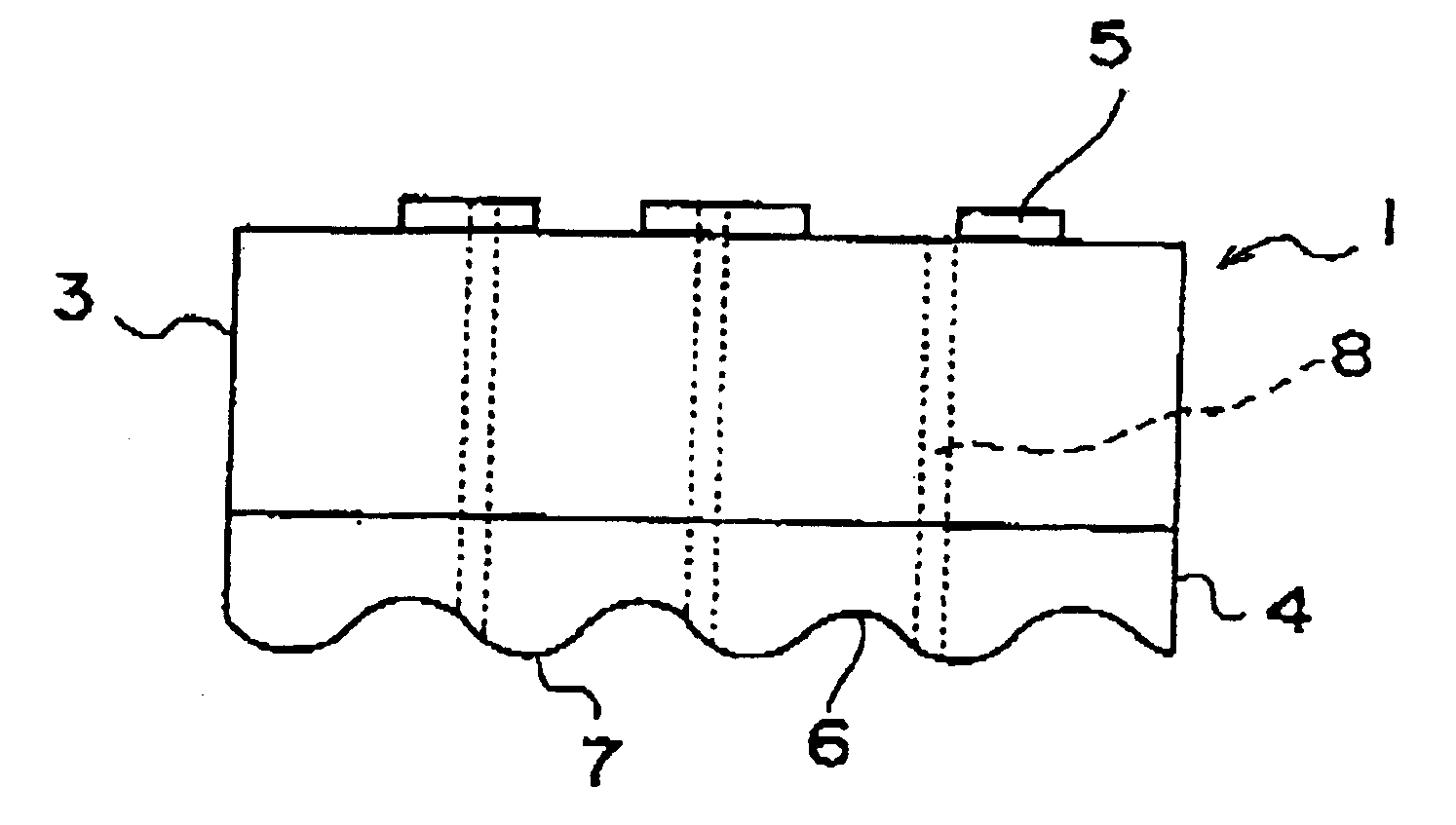Labels for in-mold forming and molded resin products having the same
a technology of in-mold forming and molded resin, applied in the field of labels, can solve the problems of inability to widely employ various container and label shapes, labeling is not easy to adhere to the proper position, and the label is difficult to be easily damaged, etc., to achieve reliable securing of labels, reduce blistering, and reduce production costs
- Summary
- Abstract
- Description
- Claims
- Application Information
AI Technical Summary
Benefits of technology
Problems solved by technology
Method used
Image
Examples
examples
The present invention is described more specifically below through examples, comparative examples, and test examples. The materials, quantities employed, proportions, methods of treatment, and treatment procedures given below can be suitably modified without departing from the essence of the present invention. Accordingly, the scope of the present invention is not limited to the specific examples given below.
In the examples and comparative examples given below, the melt flow rate (MFR) was measured in accordance with JIS-K-7210, the density in accordance with JIS-K-7112, the air permeability in accordance with JIS-P-8117, the centerline average roughness in accordance with JIS-B-0601, and the smoothness in accordance with JIS-P-8119.
PUM
| Property | Measurement | Unit |
|---|---|---|
| roughness | aaaaa | aaaaa |
| roughness | aaaaa | aaaaa |
| hole diameter | aaaaa | aaaaa |
Abstract
Description
Claims
Application Information
 Login to View More
Login to View More - R&D
- Intellectual Property
- Life Sciences
- Materials
- Tech Scout
- Unparalleled Data Quality
- Higher Quality Content
- 60% Fewer Hallucinations
Browse by: Latest US Patents, China's latest patents, Technical Efficacy Thesaurus, Application Domain, Technology Topic, Popular Technical Reports.
© 2025 PatSnap. All rights reserved.Legal|Privacy policy|Modern Slavery Act Transparency Statement|Sitemap|About US| Contact US: help@patsnap.com



